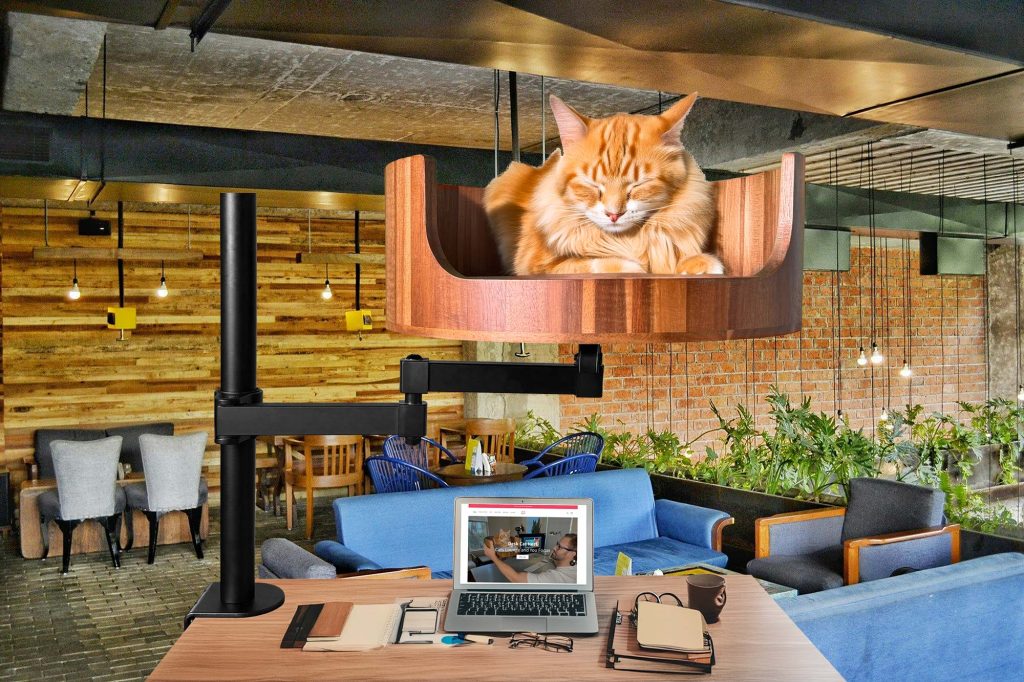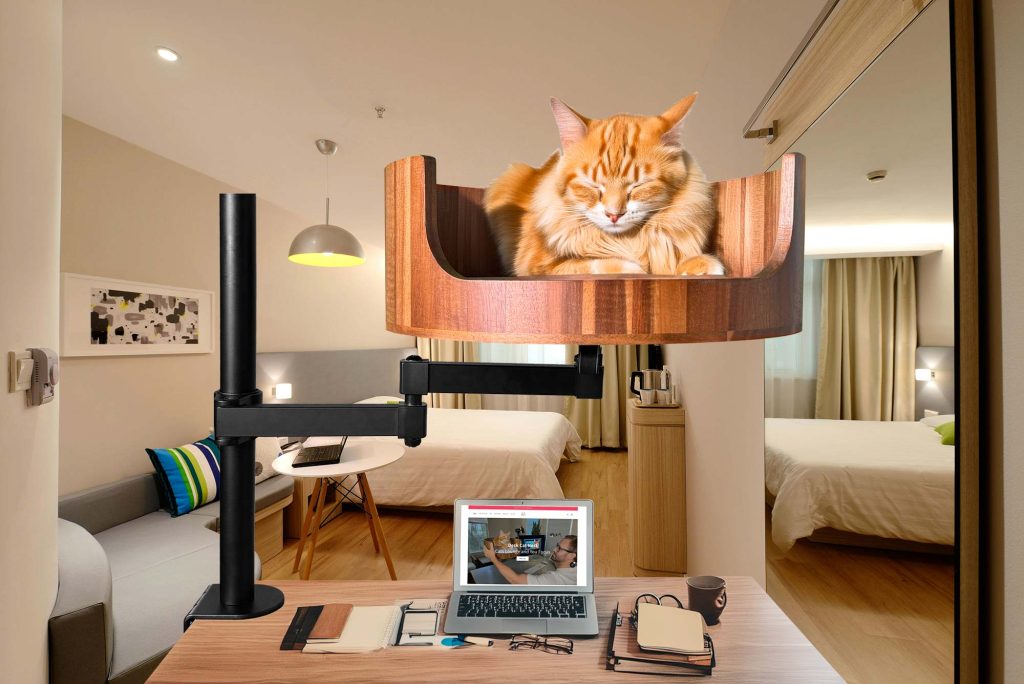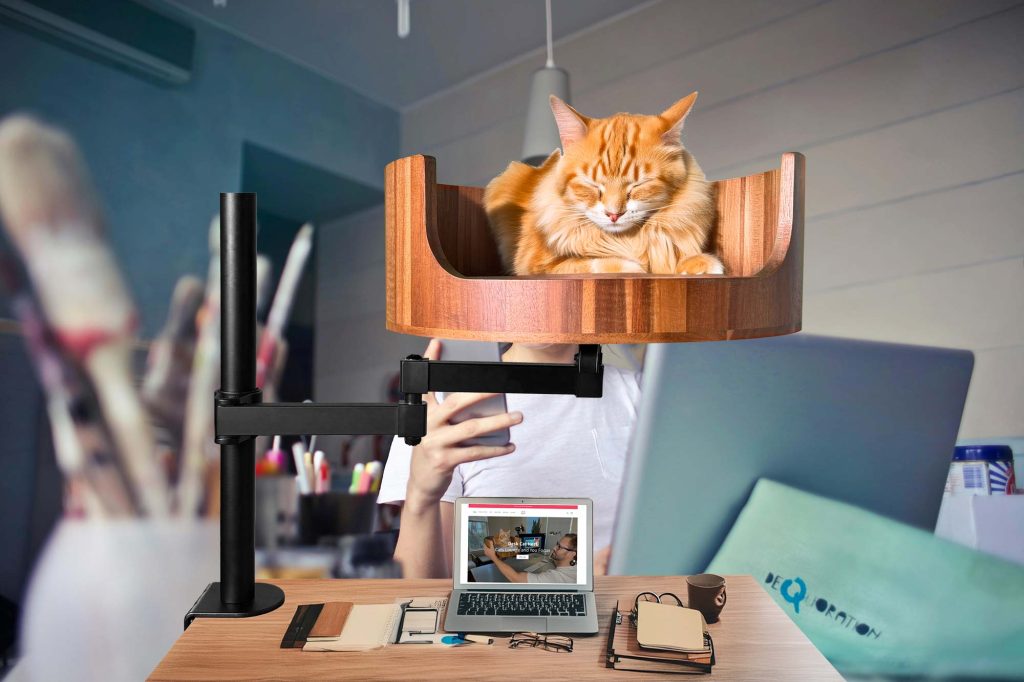If you have a cat that seems to have an insatiable appetite for plastic, you’re not alone. Many cat owners have experienced the frustration and concern that comes with discovering their feline friend munching on plastic items. From grocery bags to plastic packaging, cats have a tendency to chew on and even ingest plastic materials. This behavior can be not only annoying but also dangerous for your cat’s health.
In this article, we will delve into the reasons why cats are drawn to plastic, the potential risks of ingesting plastic, and practical solutions to help curb this behavior. We will explore the underlying causes of a cat’s desire to chew on plastic, including potential nutrient deficiencies or behavioral issues. Additionally, we will discuss the serious health consequences that can arise from a cat ingesting plastic, such as intestinal blockages and toxicity. Finally, we will provide effective strategies and tips to discourage your cat from eating plastic and promote their overall well-being.
1. Cats may be attracted to chewing on plastic due to its texture and smell, but ingesting it can be harmful and even deadly.
2. Plastic ingestion in cats can lead to choking, intestinal blockages, and toxicity from chemicals found in plastic.
3. To prevent cats from eating plastic, ensure they have safe and appropriate chew toys, keep plastic items out of reach, and provide mental and physical stimulation.
4. If you suspect your cat has ingested plastic, seek immediate veterinary care to avoid serious health complications.
5. Understanding the risks of plastic ingestion and implementing preventive measures can help keep your feline friend safe and healthy.
Understanding the Risks of a Cat Eating Plastic
Plastic poses several risks to cats when ingested. Cats may accidentally consume small plastic pieces such as plastic bags, packaging materials, or toys. Plastic can cause blockages in the digestive tract, leading to potentially life-threatening complications. Cats may also chew on plastic items due to pica, a condition that causes them to eat non-food items. This behavior can lead to intestinal obstructions, vomiting, diarrhea, and abdominal pain.
Common Signs of Plastic Ingestion in Cats
You may notice several signs indicating that your cat has consumed plastic. These signs include loss of appetite, vomiting, lethargy, and constipation. If you notice any of these symptoms in your cat, it is essential to seek veterinary care immediately. A veterinarian can perform a physical exam, x-rays, or ultrasound to determine if there is a plastic obstruction in your cat’s digestive system.
Preventing Cats from Eating Plastic
To prevent cats from eating plastic, it is crucial to keep all plastic items out of their reach. Store plastic bags, packaging materials, and small plastic toys in secure containers or cabinets. Provide your cat with safe chew toys and interactive puzzles to keep them mentally stimulated and prevent them from chewing on plastic. If your cat has pica, consult with a veterinarian to address underlying medical or behavioral issues causing this behavior.
Treatment Options for Cats Who Have Ingested Plastic
If your cat has ingested plastic, prompt treatment is essential to prevent complications. Treatment options may include inducing vomiting, administering medications to help pass the plastic, or performing surgery to remove the obstruction. In some cases, cats may require hospitalization and supportive care to recover from plastic ingestion. It is essential to follow your veterinarian’s recommendations for treatment and monitor your cat closely during the recovery process.
Desk Cat Nest FAQ
Why is my cat eating plastic?
Cats may eat plastic due to pica, a condition where cats crave non-food items. It can also be a result of stress, boredom, or a nutritional deficiency. It’s important to consult a veterinarian to rule out any health issues.
Will Desk Cat Nest deter my cat from eating plastic?
Desk Cat Nest provides a safe and comfortable alternative for cats to satisfy their chewing instincts. By providing a designated space for chewing and scratching, it can help deter cats from eating plastic.
Is Desk Cat Nest safe for my cat?
Desk Cat Nest is made of non-toxic materials and designed with your cat’s safety in mind. The cozy nook provides a secure space for your cat to relax and play without the risk of ingesting harmful plastic materials.
How do I introduce my cat to Desk Cat Nest?
Place Desk Cat Nest in a quiet and comfortable area where your cat likes to spend time. Encourage your cat to explore the nest by placing treats or toys inside. Positive reinforcement and patience are key to helping your cat acclimate to Desk Cat Nest.
Can Desk Cat Nest help with other behavioral issues?
Desk Cat Nest can help redirect your cat’s energy and focus from destructive behaviors like plastic eating to more appropriate activities like scratching and nesting. It can also provide a sense of security and comfort for anxious cats.
In conclusion, the Desk Cat Bed is a valuable choice for cat owners looking to prevent their feline friend from eating plastic. This innovative product offers a safe and comfortable alternative for cats to lounge and play, reducing the likelihood of them seeking out harmful materials like plastic to chew on. With features such as a cozy design and durable construction, the Desk Cat Bed provides a secure space for cats to relax and play, promoting their overall well-being and minimizing the risk of ingesting dangerous substances. Invest in the Desk Cat Bed to provide your cat with a safe and enjoyable environment while keeping them away from harmful plastic materials.


